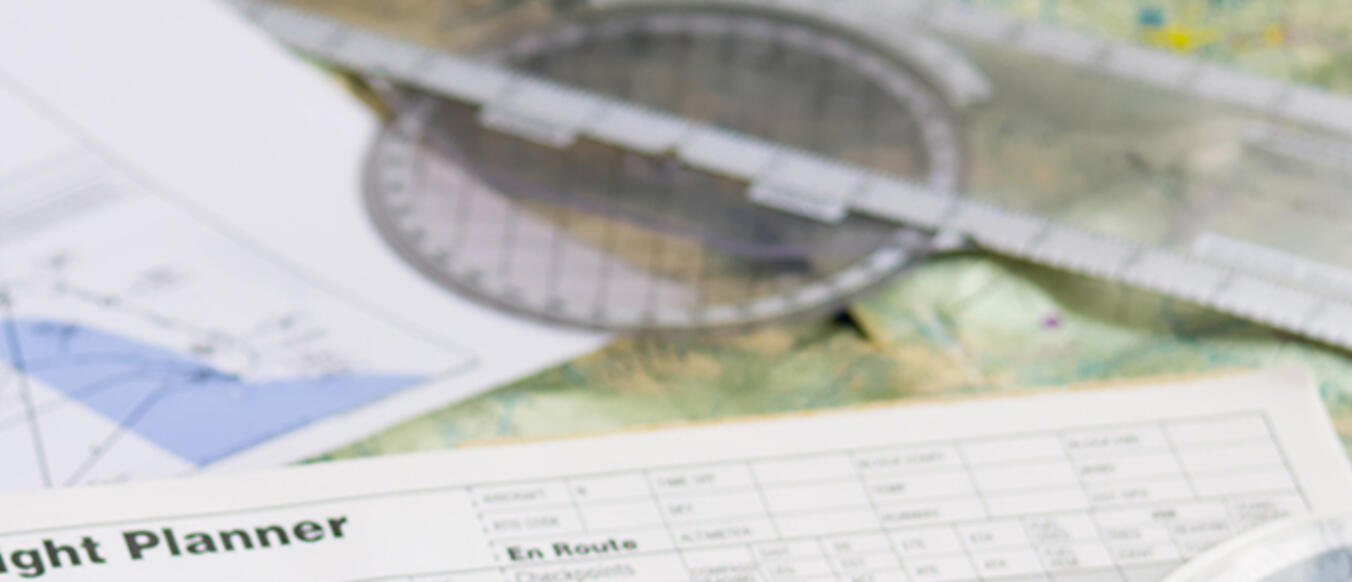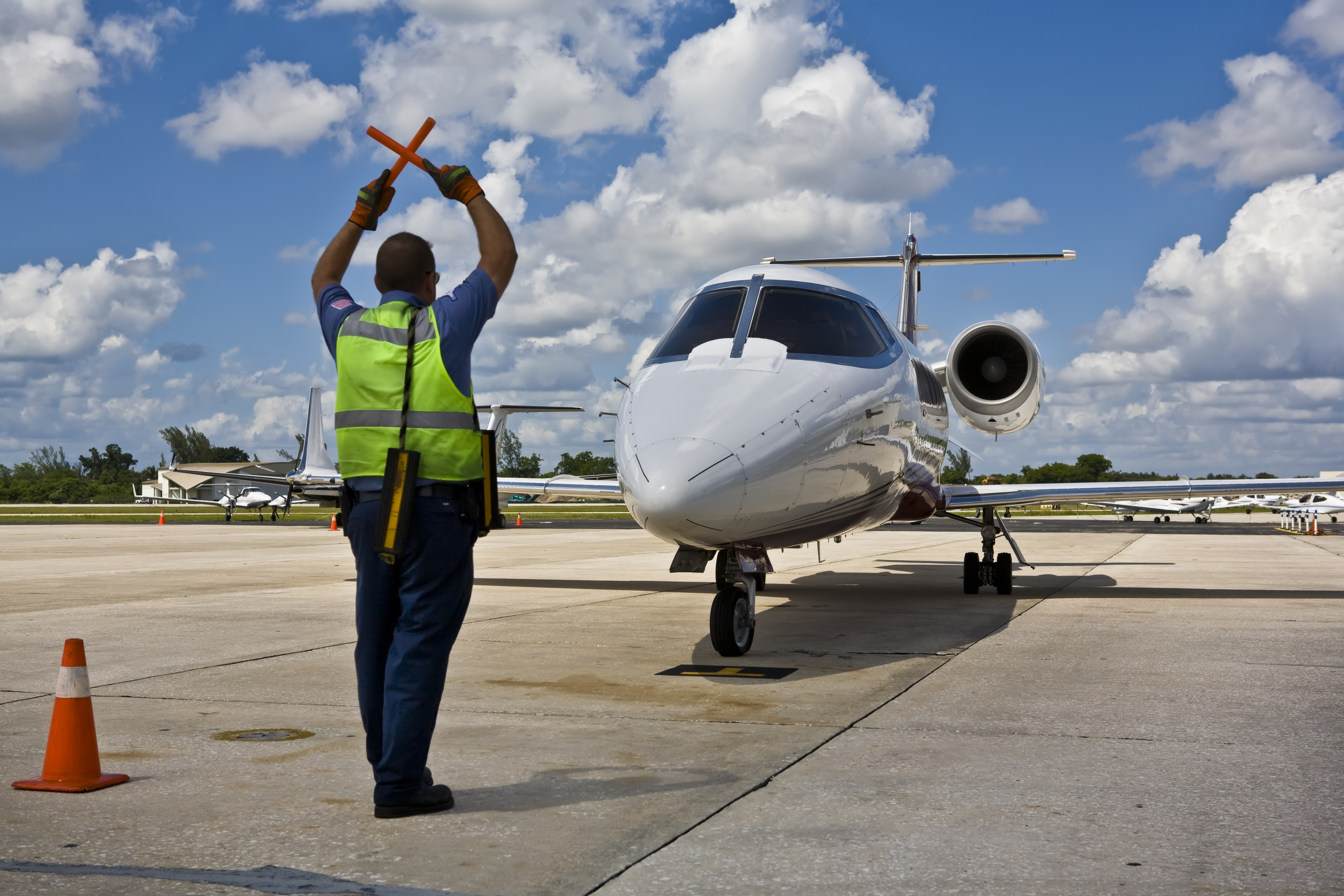Common Findings on SAFA Inspections in Europe

If you travel to Europe, you are subject to an EASA SAFA inspection. The items checked during an inspection are done so on a scale of risk, so what is checked with Operator A may not be reviewed with Operator B at the same airport on the same day with the same inspector. Also, prior findings are factored in. Therefore, operators who have been ramp checked with findings in the past have a higher probability of being inspected again. In these cases, the inspectors will be looking to see if the past findings have been corrected or not.
1. Fuel Calculation and Flight Routing
In this specific case, they are looking for routes to alternates that utilize SIDs and STARs. Some operators plan directs (DCT) from the destination airport to the alternate airport. Others will plan an actual route, but the use of a SID and/or STAR is rare. Inspectors want to see that sufficient fuel is factored in for flights, so they want to see both SIDs and STARs in a route to alternate. Failure to comply has led to different levels of findings. Category 2 findings have been issued when fuel levels were calculated to be above the minimum, with Category 3 findings being levied when fuel amounts were calculated below the minimum. The best way to ensure that you have no findings is to have a SID and STAR showing in a route string on your flight plan format. As of late July, World Fuel Services’ Flight Planning Team will build all routes to alternates with SIDs and STARs, with the full route strings visible on all flight plan formats.
2. PRNAV/RNAV-1 Capability
Landing without this equipment at an airfield which requires it is an automatic Category 3 violation. Fines are possible as well, since the finding will be reported to the aeronautical oversight department.
3. Filing Incorrect Flight Plans
Every ICAO flight plan must be filed with the correct equipment codes. Filing a plan with a code in line 10 or line 18 for equipment that is not present or authorized for use could lead to findings and fines. Always ensure that the equipment codes your flight planning provider has on file are current and accurate.
4. TCAS 7.1
TCAS 7.1 became mandatory in EU Airspace 1 December 2015 and became a worldwide standard under ICAO 1 January 2017. There have been findings recently where the equipment was lacking, including in European Union territories in the Caribbean. In these territories, the inspections are enforced just as they are in Europe.



